Main street in ancient Cao Bang .
If Old Street and Vuon Cam Street are residential, quiet, garden land or just small-scale trading, Thau Street is a bustling street and the center of trade, services and commerce of the province. Coming to Kim Dong Street today, the first thing that everyone feels is the hustle and bustle. This is one of the central streets of the province not only for administration but also for trade and entertainment. That hustle and bustle has developed since the feudal period, the French colonial period and until today.
Returning to the name Thau Street, this name also has many different understandings and explanations: some people understand that this street is mainly a trading street, so Thau means goods, shops. According to Mr. Nguyen Xuan Toan, a person with a lot of knowledge about the Town (now Cao Bang City), the word Thau here in Chinese means head, that is, the first street where the Chinese people came to live. It seems that the second understanding is more reasonable. Because since the 1920s, French capitalists and Chinese people in the Town have quickly expanded their business, trade, transportation and services to make a profit. On Thau Street, they built hotels, casinos, cinemas, entertainment areas, or "checks", now a small flower garden in the street, the area opposite the Song Bang City market today. This area used to have a suspension bridge across the river.
Along with the development, visitors from all over the world come here to do business and settle down. Therefore, when we met Mrs. Nguyen Thi Giang, Group 31, Hop Giang Ward (City), we felt really lucky, because the number of people born and raised in this street can be counted on the fingers of one hand and few people can tell the details and events as clearly as she does. She enthusiastically showed us each area of the old temple and prison. All of these are deeply imprinted in the memory of this Thau Street girl.
She said, the entertainment area called the French aristocrat's check house, is now the area of the Provincial People's Committee Guest House and the Provincial Radio and Television Station. Near the flower garden in the city, there used to be a rather large Assembly Hall built by the Chinese. It was not only a place for activities but also a school for the Chinese. Inside there was a very large bell that even a person of average height could not reach.
Next to the pagoda is the prison built by the French colonialists, also known as Cam House or otherwise known as the prison. This area is quite large, inside, in addition to the prison cells, there are vegetable and flower gardens. The prison is estimated from the pagoda (that is, opposite today's Hop Giang Secondary School) and extends to the end of Kim Dong Street. Today's Hop Giang Secondary School, during the French colonial period, was a barracks for the green-clad soldiers and a guard house. After the liberation of Cao Bang, a hospital was built here. Since the 1970s, when the hospital moved to Na Phia, this location has been used as a bus station and is now a school.
 |
A corner of Kim Dong street, Hop Giang ward (City). |
The local governing positions under the French colonial period included: Ly Truong - Thu Ba, who was in charge of birth and death registration; Old Street had Ly Truong called Dean, Vuon Cam Street had Ly Doc called Ly Vien and Thau Street had Truong Huong. The current Phong Lan Hotel area was formerly the Governor's Palace under French rule, a provincial administrative agency. Because it was a bustling commercial area, this place has long been a place for buying, selling, exchanging goods and was the central market of the City. With a design of 2 gates and a guard and security guard, the market mainly sells food and a small part sells clothes.
The area of Thau Street used to be quite large but now it has become much narrower. To visualize it best, we can calculate from Bang Giang Hotel to the intersection at the foot of the Fort, including both the street and the riverside. That is, the Kim Dong Street today. The area of Bang Giang Hotel used to be Costơman's car garage, the area of Cho Xanh was Đơle's car garage, these were two French car companies. The area of the Provincial Labor Federation was Ferier Hotel.
To consolidate the government right from the grassroots level, during the resistance war, the streets were renamed and Thau Street was also renamed Tran Quoc Tuan area. On August 13, 1945, the uprising order of the Party Central Committee and Military Order No. 1 of the National Uprising Committee from the war zone were transmitted throughout the country. Revolutionary bases such as Nuoc Giap, Vuon Cam, and Thau Street urgently prepared for the general uprising. Revolutionary leaflets were sent to the inner city. It can be said that August 21 and 22, 1945 were the most exciting revolutionary festivals of the masses in the Town. We had won the legitimate government of the province. On June 1, 1946, the people of the neighborhoods enthusiastically participated in the first National Assembly and People's Council elections at all levels, this was a strong blow to the plot of the reactionaries to divide the solidarity between the ethnic groups, in order to overthrow our young government.
Today, although it has been renamed Kim Dong Street, the name Thau Street is deeply imprinted in the minds of the people of the City and spans the history of Cao Bang. Thau Street has been developing along with the development of the province, worthy of being a civilized urban street.
Source: https://bandantoc.caobang.gov.vn/tin-tuc-hoat-dong/pho-thau-xua-va-nay-654346



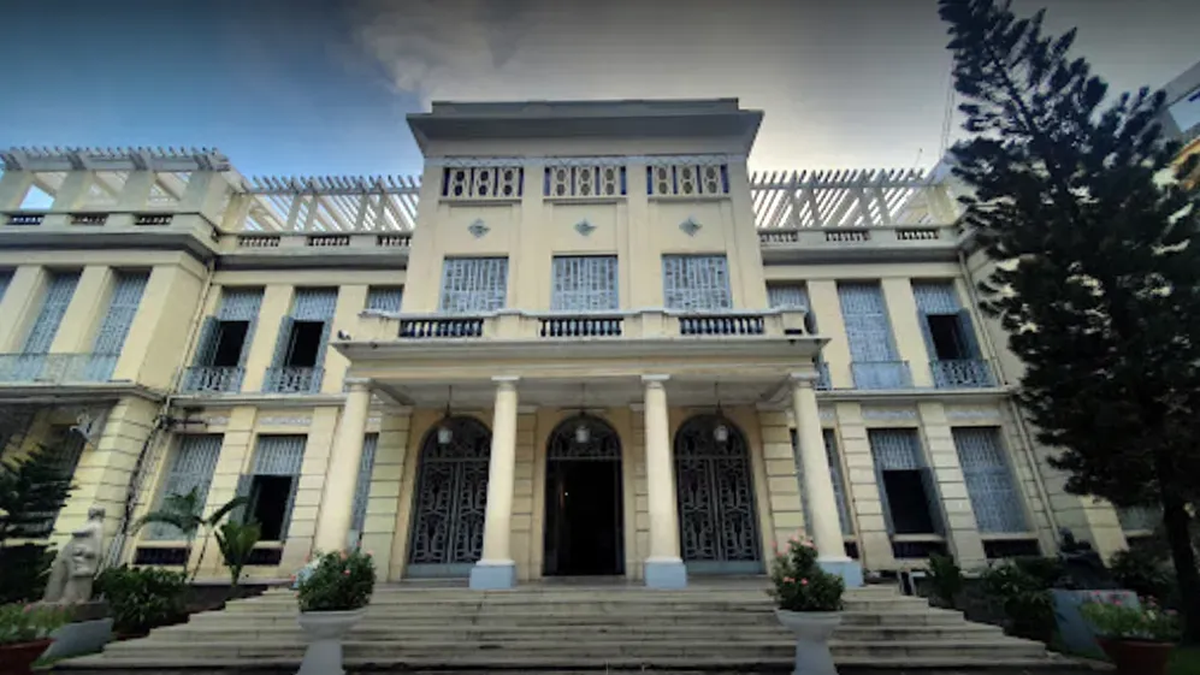


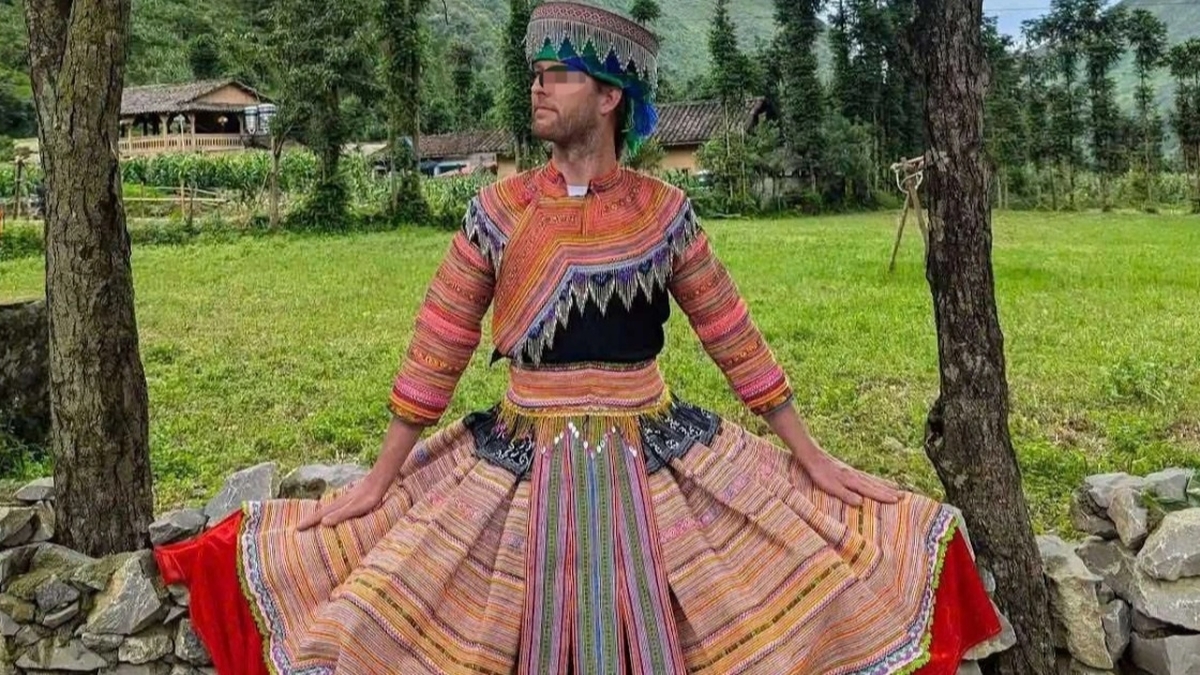




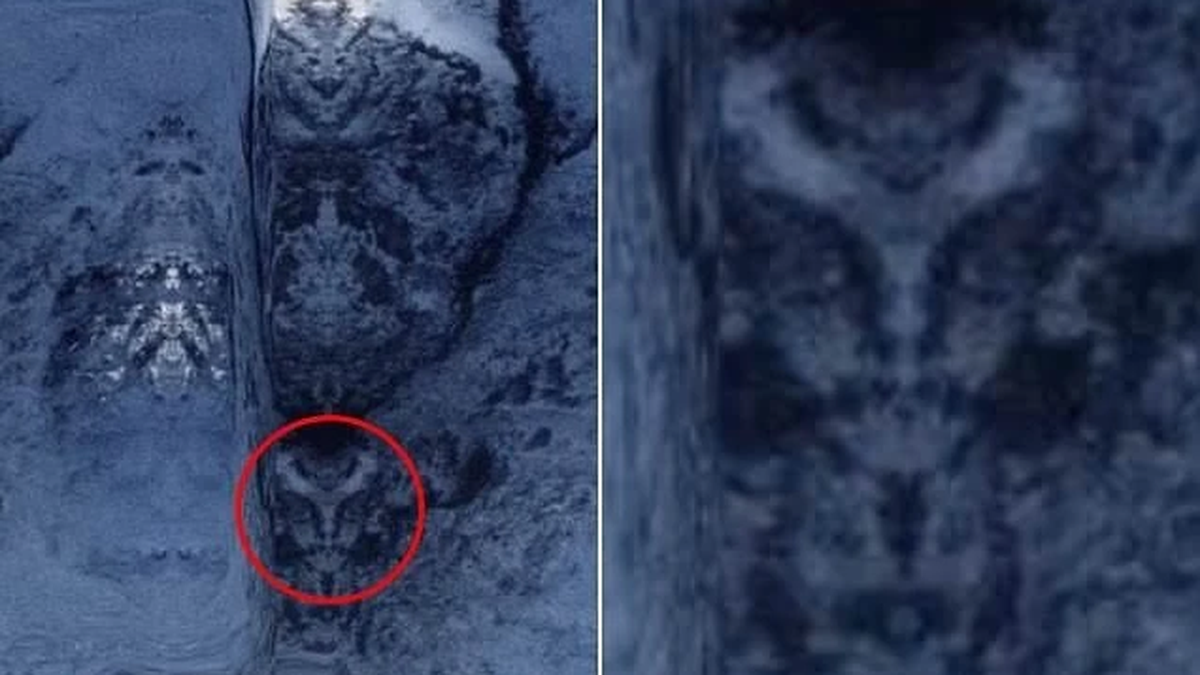
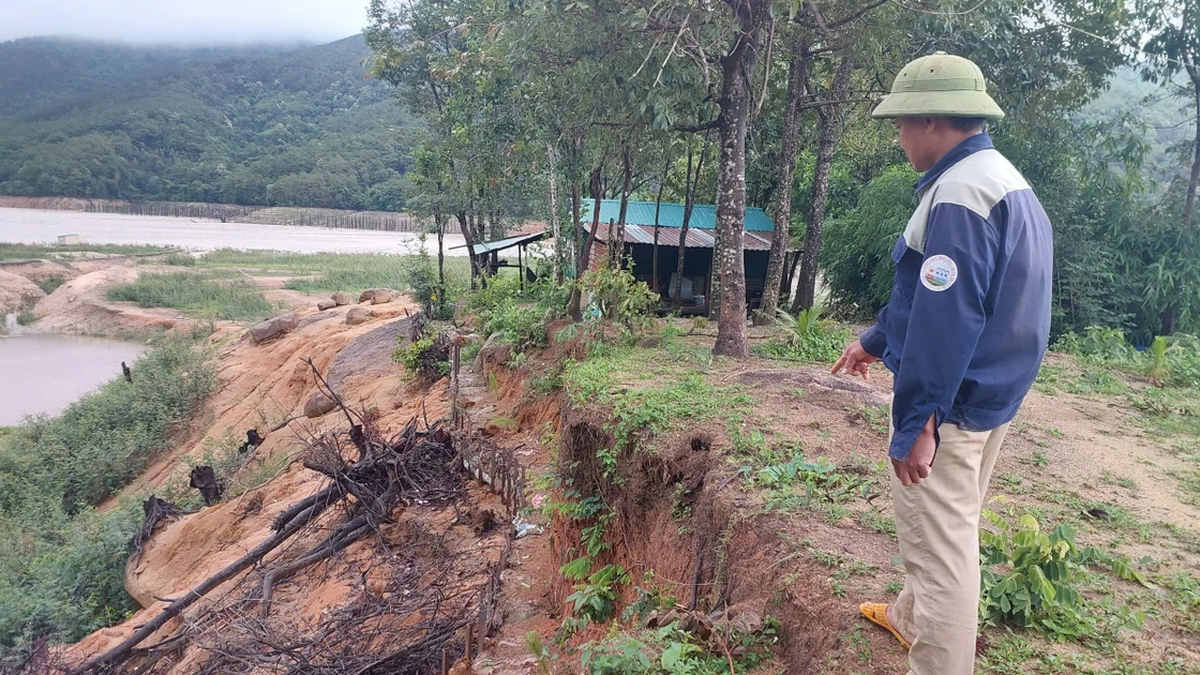










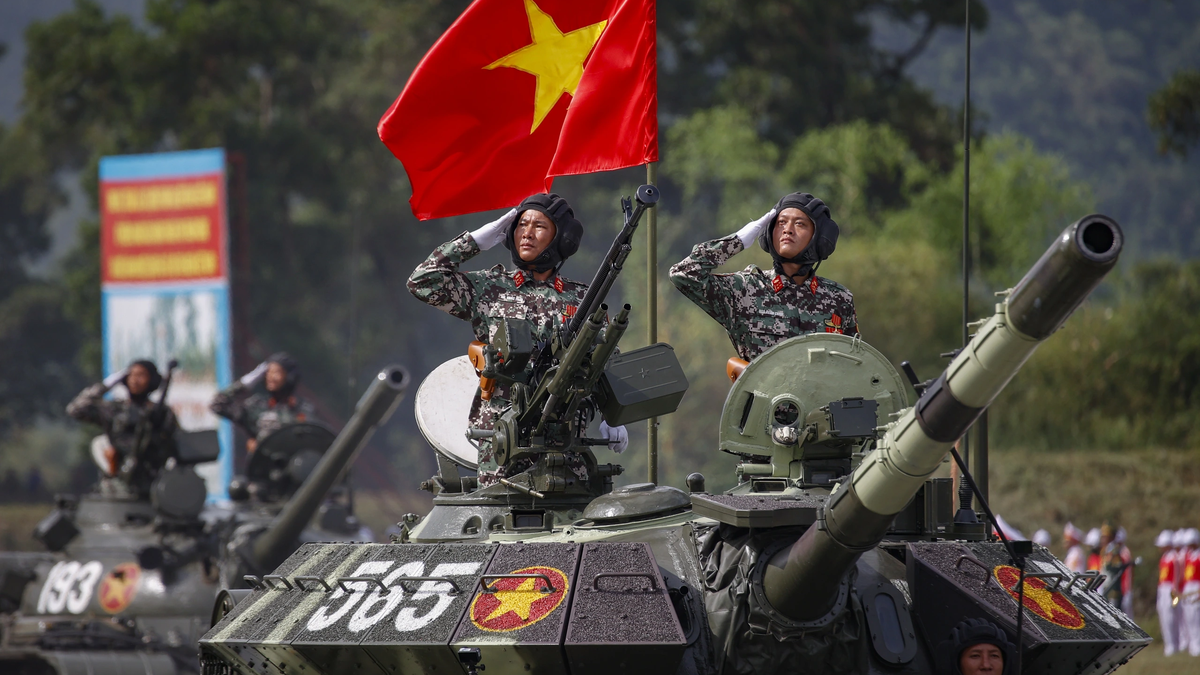


![[Photo] Discover the "wonder" under the sea of Gia Lai](https://vphoto.vietnam.vn/thumb/1200x675/vietnam/resource/IMAGE/2025/8/6/befd4a58bb1245419e86ebe353525f97)

![[Photo] Nghe An: Provincial Road 543D seriously eroded due to floods](https://vphoto.vietnam.vn/thumb/1200x675/vietnam/resource/IMAGE/2025/8/5/5759d3837c26428799f6d929fa274493)






































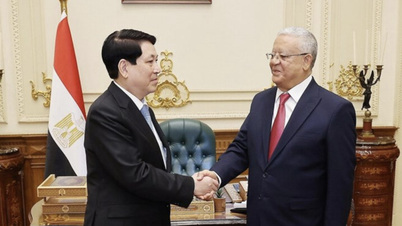

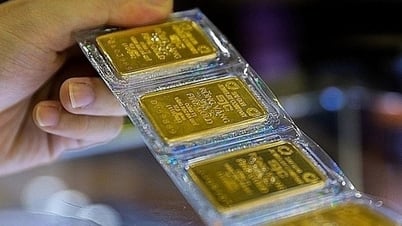


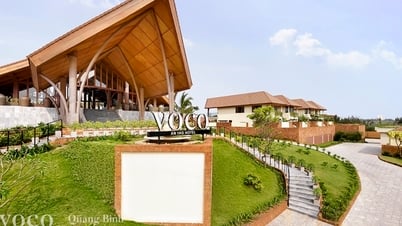

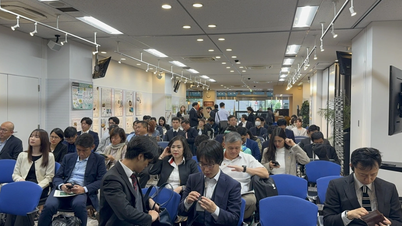






















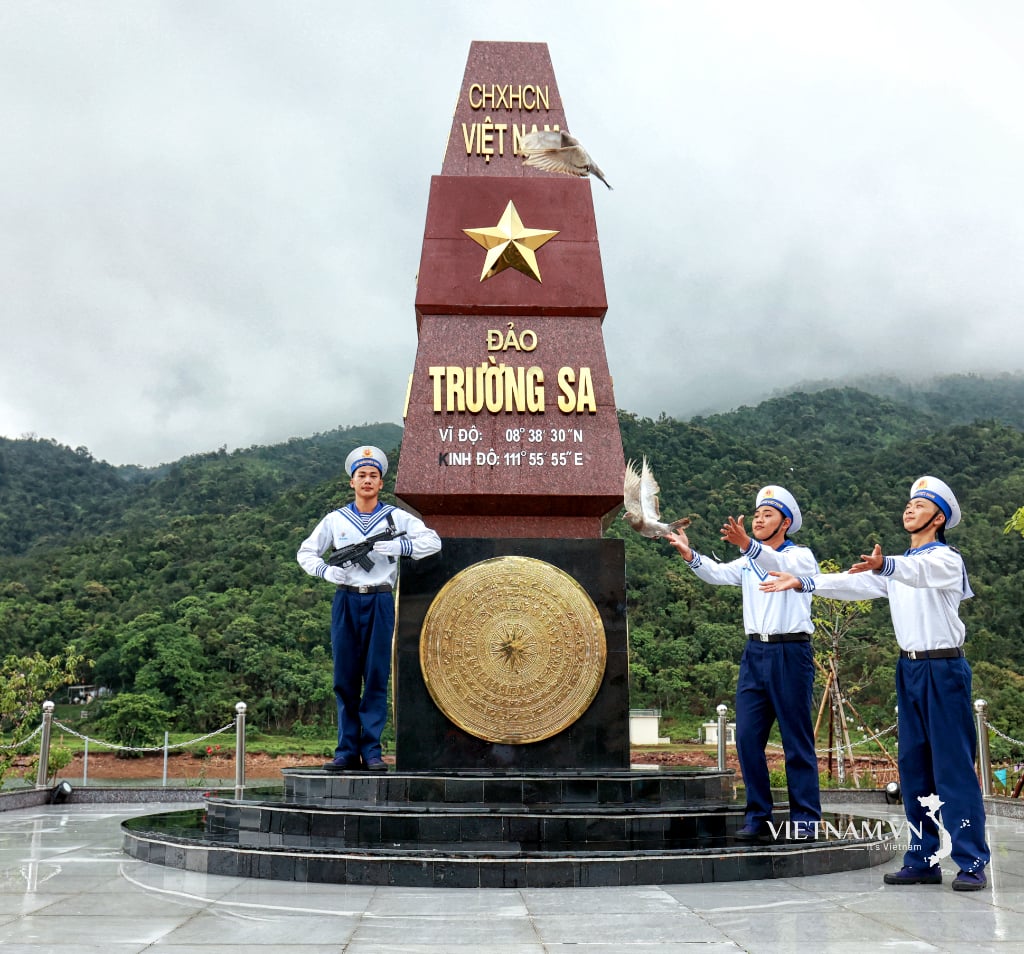
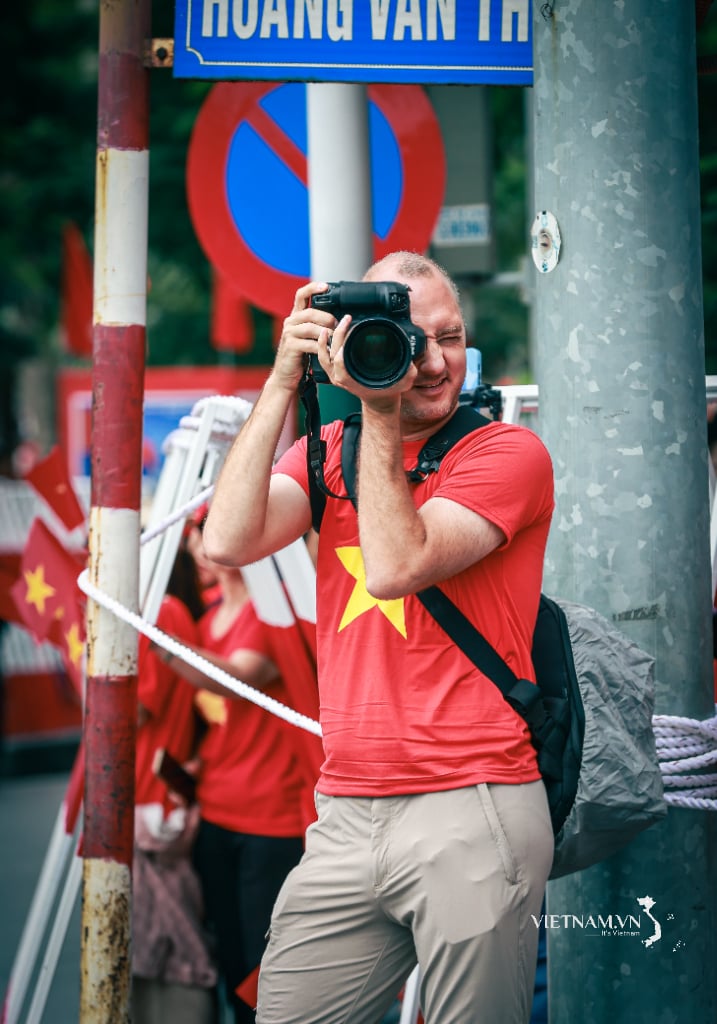
Comment (0)